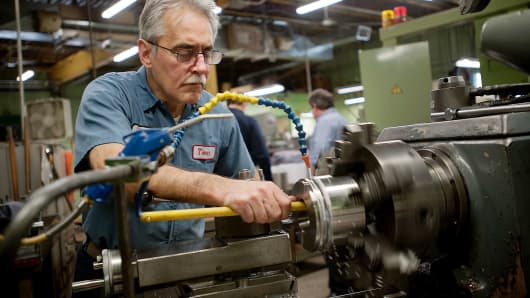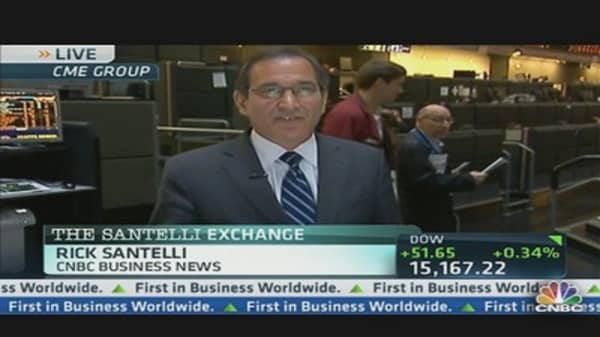Construction Misses Forecast
A separate report showed that business spending pushed U.S. construction outlays slightly higher in April, offsetting declines in projects at private homes and in the public sector.
Construction spending rose 0.4 percent to an annual rate of $861 billion, a smaller gain than the 0.8 percent increase that was expected by analysts polled by Reuters, Commerce Department data showed on Monday.
The department revised March spending to show a 0.8 percent decline, which was a smaller drop than initially reported.
The data supports the view that government austerity is holding back economic growth this year. Public sector spending at construction sites fell 1.2 percent in April, hit by a sharp decline in state and local outlays, which hit a seven-year low.
Also holding back overall spending, private residential construction spending eased 0.1 percent lower. The drop appeared to be led by declines in home improvement spending, as outlays on building homes increased during the month.
Businesses, however, ramped up spending to build utilities, and overall private nonresidential construction spending rose 2.2 percent.





